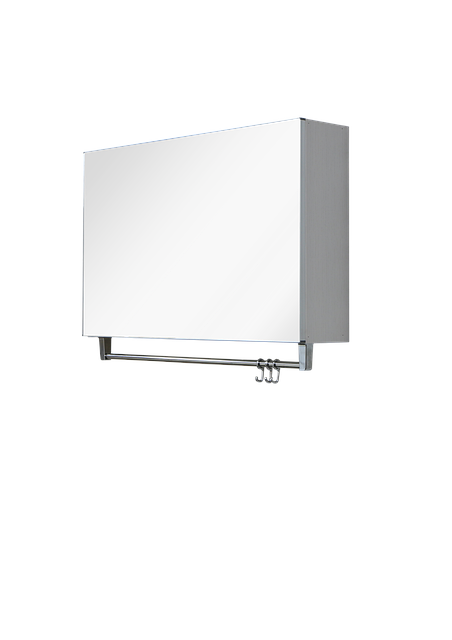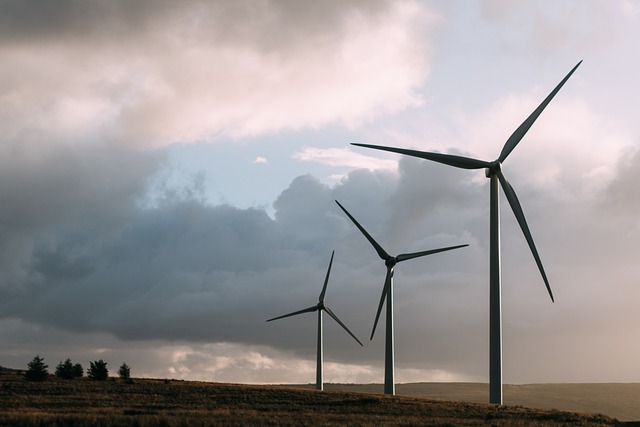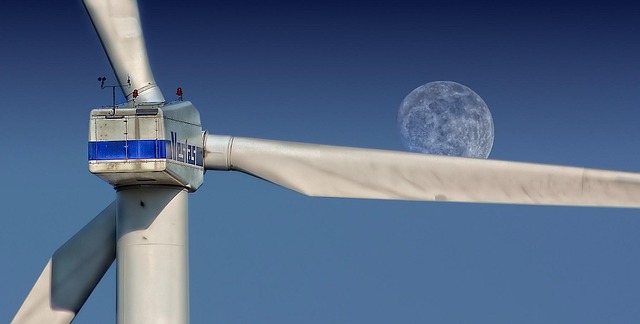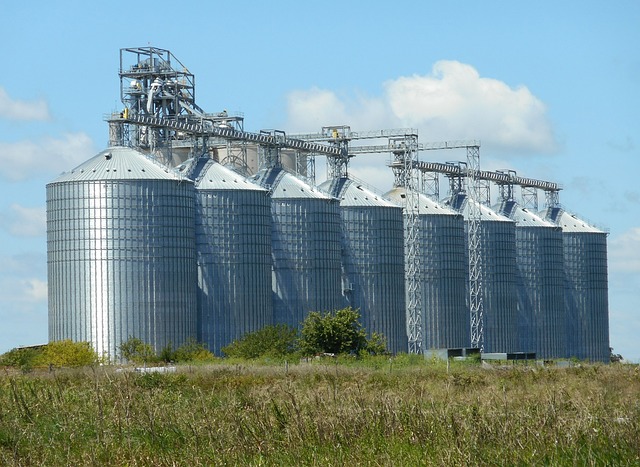The Grid of the Future: Energy Storage as a Backbone
The concept of a power grid is evolving rapidly in the modern age, driven by technological advancements, climate change, and the transition toward renewable energy sources. As nations strive for sustainable methods of energy generation and distribution, energy storage has emerged as a pivotal component of the future power grid. This article delves into the significance of energy storage in transforming the grid, examines the current technologies available, and forecasts its role in shaping the energy landscape of the future.
The Importance of Energy Storage
Energy storage is no longer considered an ancillary service, but rather an essential backbone of the modern electrical grid. As more energy is generated from intermittent renewable sources such as solar and wind, the need for effective energy storage solutions becomes critical. Here are some reasons why energy storage is crucial:
One of the primary challenges with renewable energy is its variability. Solar energy is only available during the day, while wind energy fluctuates based on weather conditions. This inconsistency creates peaks and troughs in energy production that can lead to grid instability. Energy storage systems mitigate this issue by storing excess energy produced during peak generation times and releasing it during periods of low production.
Furthermore, energy storage facilitates demand response by enabling users to manage their energy consumption efficiently. With the advent of smart grids, consumers can store energy during low-demand periods when electricity rates are cheaper and use it during high-demand times when rates peak. This not only saves consumers money but also lessens the strain on the grid, leading to greater energy efficiency overall.
Types of Energy Storage Technologies
Several energy storage technologies are currently being developed and deployed across the world. Understanding these technologies is key to appreciating their potential impact on the grid.
Battery Energy Storage Systems (BESS)
Battery technology, particularly lithium-ion batteries, reigns as one of the most prominent forms of energy storage. These systems allow for rapid charging and discharging, which is essential for balancing supply and demand on the grid. They are versatile and can be deployed at various scales, from small residential setups to large utility-scale installations.
Furthermore, advancements in battery technology, such as solid-state batteries, promise to provide greater energy density, safety, and longer life cycles than traditional lithium-ion solutions.
Pumped Hydro Storage
Pumped hydro storage is a time-tested method that employs gravitational potential energy. Water is pumped from a lower reservoir to a higher one during periods of low demand or excess energy production. When energy is needed, water is released back down through turbines, generating electricity. While this technology is limited by geographical conditions, it accounts for a significant portion of the world’s energy storage capacity and remains a crucial player in the energy landscape.
Compressed Air Energy Storage (CAES)
CAES utilizes excess energy to compress air inside large underground caverns or above-ground containers. When power is needed, the compressed air is released, driving a turbine that generates electricity. CAES systems offer a unique advantage as they can provide long-duration energy storage, albeit with lower round-trip efficiency compared to batteries.
Thermal Energy Storage
This technology stores energy in the form of heat. In concentrated solar power systems, for example, excess heat generated during sunny periods can be stored in materials like molten salts and used to generate electricity when needed. Thermal storage can also be applied in buildings for heating, allowing for energy savings and increased efficiency during temperature fluctuations.
Energy Storage and Renewables Integration
One of the most compelling applications of energy storage is its integration with renewable energy sources. This symbiotic relationship enhances the reliability and efficiency of green energy systems.
In areas with high solar capacity, energy storage systems can be paired with solar installations to create self-sufficient homes or communities. When sunlight is abundant, excess energy can be stored and utilized later, effectively flattening the energy generation curve. Similarly, wind farms can benefit from stored energy during low-wind periods, aiding in maintaining a continuous power supply.
By enhancing renewable energy integration, energy storage reduces fossil fuel dependency and aligns with global sustainability goals. As countries work toward significant carbon reduction targets, the relationship between energy storage and renewables becomes increasingly vital.
The Economic Perspective
While the initial investment in energy storage technology can be significant, the long-term economic benefits are substantial. The decreasing prices of battery technology have made energy storage solutions more accessible to businesses and consumers alike. With the potential for energy savings, enhanced efficiency, and grid flexibility, energy storage systems can yield impressive returns over their operational lifetime.
Furthermore, energy storage can create new revenue streams for utilities and grid operators. By enabling services like frequency regulation, grid stability, and peak shaving, energy storage can enhance the economic feasibility of renewable projects. This, in turn, paves the way for further investments in clean energy infrastructure, contributing to a more resilient and sustainable energy future.
The Challenges Ahead
Despite the clear benefits, challenges remain before energy storage can fulfill its promise as the backbone of the future grid. One of the primary obstacles is the need for improved technologies. While significant advancements have been made, many energy storage systems still face issues related to efficiency, scale, and longevity. Continued research and innovation are paramount to developing next-generation technologies that can overcome these barriers.
Additionally, regulatory and business model frameworks need to evolve to facilitate the incorporation of energy storage into existing grids. Many regions still have regulations that discourage energy storage deployment, and adapting these frameworks will be crucial for advancing energy storage capabilities.
There is also the environmental impact of some energy storage technologies—particularly batteries. Mining materials like lithium and cobalt has raised concerns about ecological degradation and ethical sourcing. To avoid these issues, the focus must shift toward sustainable materials and recycling practices within the battery lifecycle.
The Future of the Energy Grid
The future of the energy grid is undoubtedly tied to the development and integration of energy storage systems. As global energy demands continue to rise and the imperative of climate action becomes more pressing, the solutions offered by energy storage will help shape a more resilient, sustainable, and efficient energy landscape.
With advancements in technology, decreasing costs, and a growing emphasis on renewable energy, the grid of the future will be inherently smarter and more responsive to consumer needs. Energy storage serves as the pivotal mechanism that will allow for the seamless blending of various energy sources, ultimately enabling economies to reduce their carbon footprint effectively.
Furthermore, as consumer preferences shift toward decentralized energy production—such as rooftop solar panels and community energy projects—energy storage will become an integral part of this dynamic. Households and businesses will have the capability to generate, store, and utilize their energy effectively, contributing to energy independence and resilience.
Conclusion
Energy storage systems will undoubtedly play a fundamental role in the grid of the future, providing the necessary flexibility to accommodate the growing share of renewables. While challenges remain, continued innovations and collaborative efforts among stakeholders can turn these into opportunities for a cleaner, more efficient energy future. As we embrace the potential of energy storage, we are poised to reshape the power sector and create a sustainable legacy for generations to come.










